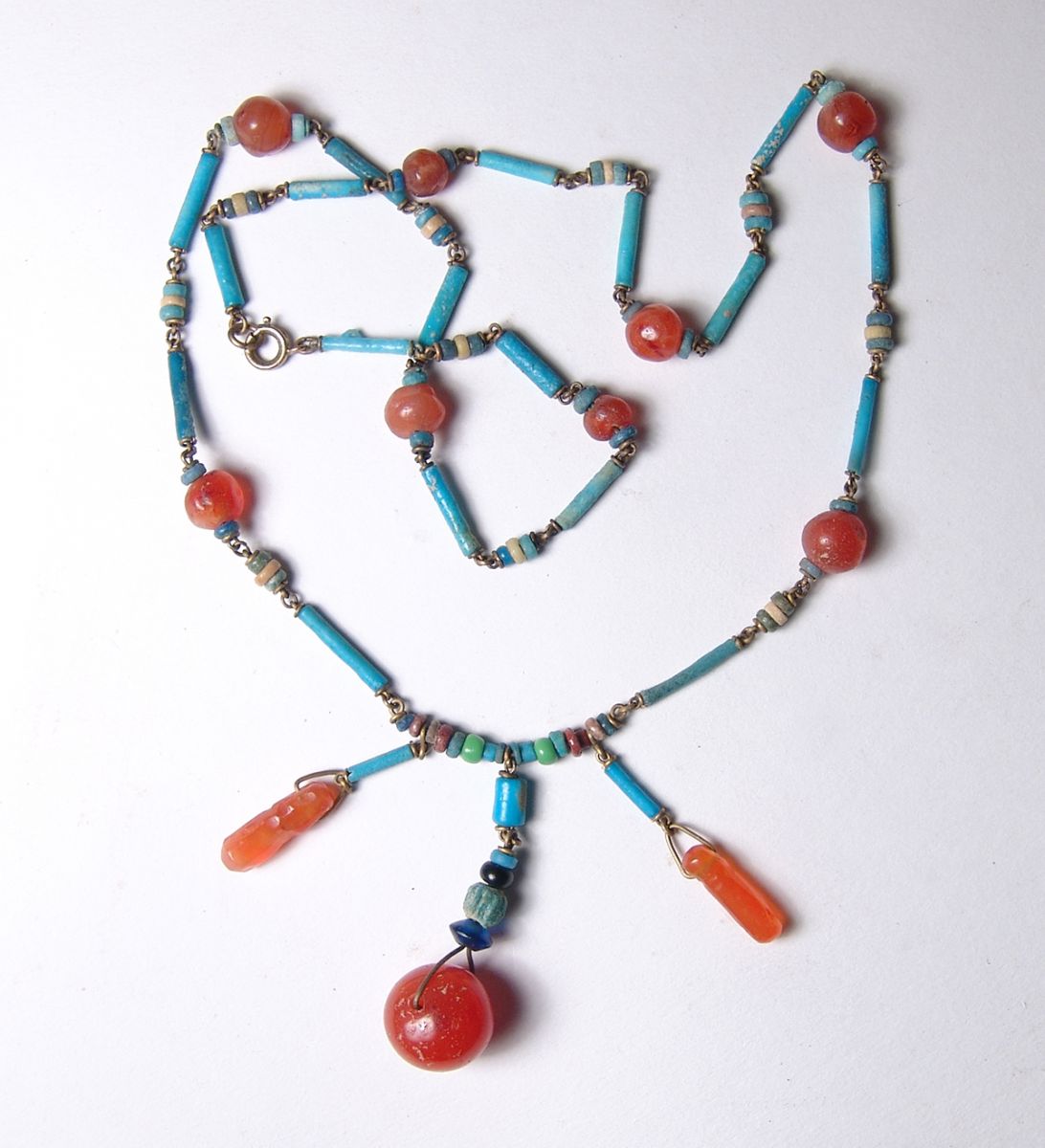Ancient Resource Auctions will hold an online-only Holiday Antiquities Discovery Sale, November 16th
MONTROSE, Calif. – A large bronze figure depicting the Greek god Harpokrates from the Late Period (circa 664-332 BC), a Greek Gnathian skyphos (deep cup-shaped vessel) from the 4th century BC, and a Mayan polychrome jar from the Ulua Valley of Honduras (circa 400-800 AD) are expected top lots in Ancient Resource Auctions’ Auction #80 on Saturday, November 16th.
Officially titled a Holiday Antiquities Discovery Sale, the online-only auction has a start time of 9 am Pacific and features over 300 lots of authentic items from Roman, Greek, Egyptian, Near Eastern and Pre-Columbian cultures. Also offered will be other ethnographic and antique items, as well as a small selection of antiques and ancient-style decorator pieces.
“With holiday season approaching, I can’t think of a nicer and more thoughtful gift than an authentic ancient object from centuries past,” said Gabriel Vandervort, the owner of Ancient Resource Auctions. “The catalog is packed with a wide variety of items, many at low prices. Whether a stocking stuffer or a main gift, there’s something for everybody.”
The bronze figure of Harpokrates – the Greek god of silence, secrets and confidentiality in the Hellenistic tradition – depicts him wearing a Hem Hem crown and a side-lock, his right finger pressed to his lips. Standing 6 ½ inches on an antique wooden base, the Late Period bronze figure is an attractive example with nice detail. It’s expected to change hands for $700-$1,000.
The Mayan polychrome jar from the Ulua Valley of Honduras is another excellent example, with a pre-sale estimate of $800-$1,200. The 6 ¼ inch tall piece represents a shell-form on a flared base, decorated with deeply carved step pyramids and glyphic symbols. Each side of the chamber has a painted solar symbol and the elongated neck is decorated with a rim band of jaguar heads.
The handsome Greek Gnathian skyphos (Apulia, 4th century BC) has a body decorated in a vine motif and features a low pedestal foot and two horizontal loop handles. It measures 2 ¾ inches tall by 4 ¾ inches wide. A skyphos is a deep, cup-shaped vessel with a pair of horizontal handles to the rim, having deeply vertical sides. It’s ancient Greek in origin and should fetch $300-$400.
A large and important Old Assyrian merchant’s weight (circa 1950-1700 BC) not quite two inches long, is expected to command $600-$800. The elongated ovoid weight is rare in this large size and has significant historical value in the early trade between Mesopotamia and Anatolia (modern Turkey) at the beginning of the second millennium BC. It’s probably part of a larger set.
A Near Eastern bronze dagger (circa 1200-1000 BC), with a blade and hilt cast as one piece, 14 ¼ inches in length, has a pre-sale estimate of $500-$800. The hilt is flanged with curved lappets over the guard, which originally held the inlays in place. The blade is long and narrow, with a shallow midrib. The dagger is well-preserved with attractive patination and would display nicely.
An Egyptian alabaster cosmetic container from the Late Period (circa 664-343 BC), in the shape of a stretched oval, 3 2/3 inches tall, should sell for $450-600. The piece, having nice patination, has a rounded base. The sides are tapered toward the mouth, which possesses a round profile, and there’s a small lug handle positioned to each side. The container is neatly hollowed inside.
A beautiful Egyptian beaded necklace with carnelian stone embellishments from the Late Period (circa 664-30 BC), 22 inches long, from the collection of musician Ruth Deyo, should bring $400-$500. The faience disk and tubular beads are in shades of blue and are strung with polished carnelian beads of about the same age. The beads are nicely strung on a modern cord and clasp.
A Greek terracotta figure of a seated woman, dating to the 2nd or 3rd century BC, is estimated to finish at $350-$500. The woman is shown wearing a long gown with open chest and polos, her features nicely modeled and her hands on the sides of her knees. The 3 ¾ inch tall terracotta figure is molded in a dark red-brown ware, with remnants of pigment below mineral deposits.
All lots may be viewed and bid on now, via Ancient Resource Auctions’ bidding platform, at bid.AncientResourceAuctions.com, and on its bidding apps for both Android and Apple devices. Bidding is available on Invaluable.com and LiveAuctioneers.com. The link to LiveAuctioneers is here: https://www.liveauctioneers.com/catalog/153259_a80-holiday-antiquities-discovery-sale/.
In addition to live and Internet bidding, phone and absentee bids will be accepted. When bidding this way, a 19.5 percent buyer’s premium will apply, versus a 24.5 percent when bidding online via LiveAuctioneers.com or Invaluable.com, and 20 percent via the Ancient Resource Auctions bidding platform and app. Previews are by appointment only; to schedule one call 818-425-9633.
Ancient Resource Auctions is always seeking quality ancient art and antiquities for future auctions. To inquire about consigning one piece or an entire collection, you may call 818-425-9633 or send an e-mail to ancientresourceauctions@yahoo.com. All inquiries are confidential.
To learn more about Ancient Resource Auctions and the Saturday, November 16th Holiday Antiquities Discovery Sale, visit www.AncientResourceAuctions.com. For more information, please call 818-425-9633; or, you can send an e-mail to ancientresourceauctions@yahoo.com.
# # # #
Please Login to submit comment.
Categories
- Antiques (13)
- Appraisals (9)
- Art (153)
- Auctions (1282)
- Collectibles (1)
- General (32)
- Jewelry (14)
- Marketing (4)


0 Comments